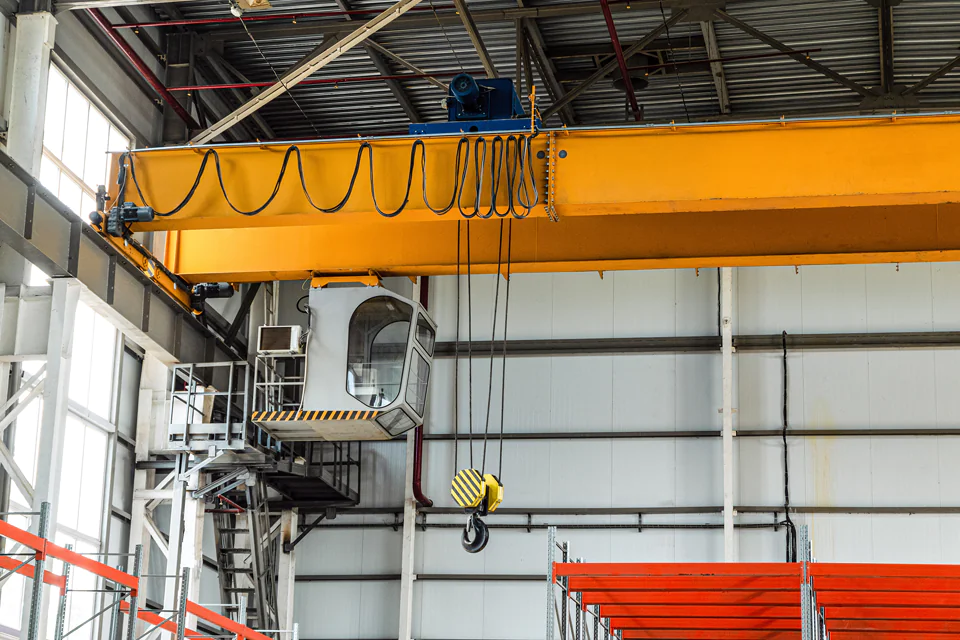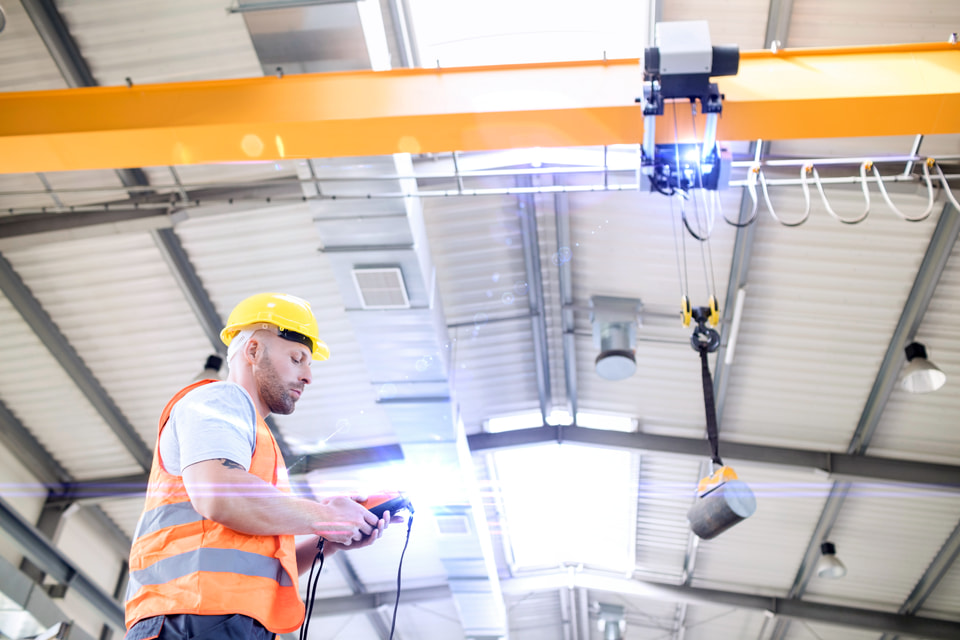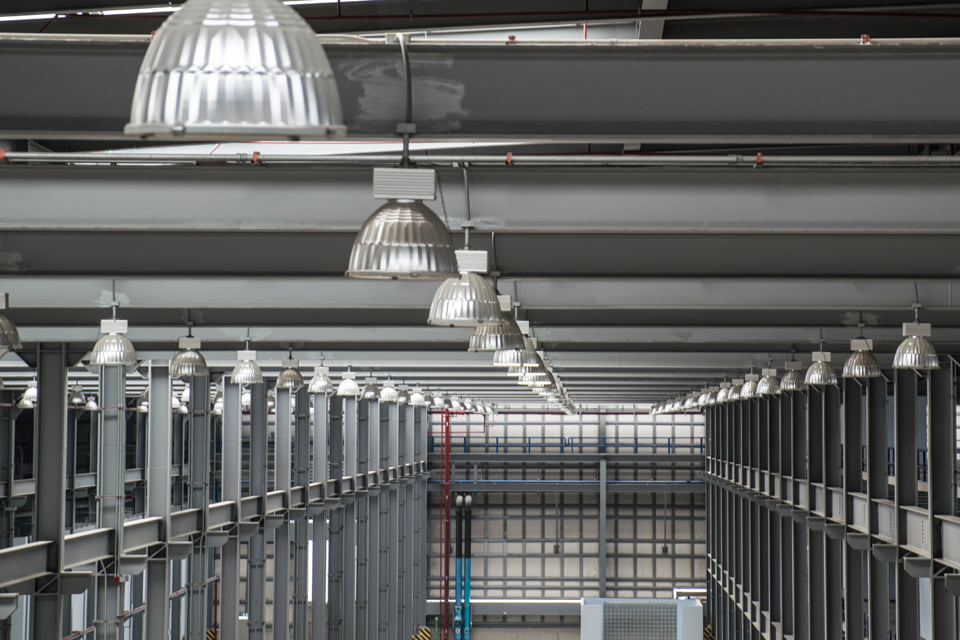Overhead cranes are widely used in various industries, including manufacturing, construction, and shipping, to lift and move heavy loads. However, their use also comes with a significant amount of risk, and it is essential to ensure that overhead crane safety is taken seriously to prevent accidents and injuries.
The first step in ensuring overhead crane safety is to follow the manufacturer’s guidelines and recommendations. This includes proper maintenance, such as regular inspections, lubrication, and repairs, as well as ensuring that the crane is used within its rated capacity. In addition, all crane operators must be trained and certified to ensure that they understand the proper procedures for operating the crane safely.
Another important aspect of overhead crane safety is to ensure that the crane is used in a safe and secure environment. This means checking for potential hazards, such as overhead obstacles, uneven floors, and other obstacles, and taking steps to address these hazards before operating the crane. Additionally, it is important to ensure that the crane is used on a level and stable surface to reduce the risk of tipping or instability.
It is also essential to use proper rigging techniques when attaching and securing loads to the crane. This includes using the correct sling and hook for the load, properly securing the load to the crane, and making sure that the load is balanced to reduce the risk of tipping or swinging. Operators should also be aware of the load’s center of gravity and take steps to ensure that the load is not overloaded.
One of the most critical aspects of overhead crane safety is to ensure that the crane is equipped with the proper safety features and devices. This includes things like load-limit switches, which will stop the crane from lifting a load that is too heavy, as well as emergency stop buttons, which can be used to quickly stop the crane in case of an emergency. Additionally, cranes should be equipped with safety brakes, which will stop the crane if the operator loses control.
Another important safety feature is the use of safety harnesses and other personal protective equipment (PPE) by crane operators. This includes things like hard hats, safety glasses, and high-visibility clothing, which can help to reduce the risk of injury in the event of an accident. Operators should also be trained in the proper use of PPE and instructed on the importance of wearing it at all times when operating the crane.
In addition to the aforementioned safety measures, it is also essential to have a written safety program in place for overhead crane operations. This should include regular safety inspections, training for all crane operators, and procedures for responding to emergencies. The safety program should also include a plan for regular maintenance and repair of the crane to ensure that it is in good working condition at all times.
Finally, it is important to have an emergency response plan in place in case of an accident involving an overhead crane. This should include procedures for evacuating the area, contacting emergency services, and providing first aid to any injured individuals. The emergency response plan should be reviewed and tested regularly to ensure that everyone knows what to do in the event of an emergency.
In conclusion, overhead crane safety is an essential aspect of operating these cranes effectively and safely. By following manufacturer guidelines, ensuring a safe working environment, using proper rigging techniques, equipping the crane with safety features, using PPE, having a written safety program, and having an emergency response plan in place, we can help to reduce the risk of accidents and injuries. By taking these steps, we can ensure that overhead cranes are used safely and effectively to help businesses achieve their goals and objectives.



